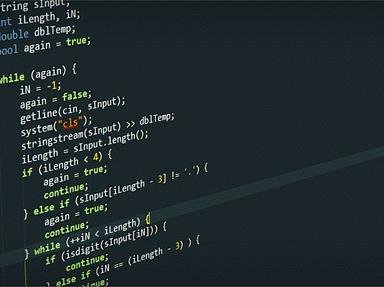Quiz Answer Key and Fun Facts
1. Which of the following data structures falls under the category of a 'dictionary'?
2. When using a heap, which function will give you the parent of the entry with index i?
3. A vector (an indexed, growable list) would most likely be implemented on top of which of these structures?
4. If you have an empty stack that can contain letters, and you push (in order) these letters onto it, what order will they be in when you pop them off? 't' 'a' 'p'
5. If you have a empty queue that can contain letters, and you enqueue (in order) these letters into it, what order will they be in when you dequeue them? 'm' 'a' 'r'
6. Which of the following could best be described by the graph structure?
7. If you have a sorted, balanced binary tree with 15 elements in it, how many steps, maximum, will it take you to decide whether an element is present in the tree?
8. If you wanted to make sure that the close-parenthesis (the ')' character) matches the open-parenthesis (the '(' character) in a mathematical expression, which data structure could help you?
9. Which of these is true about a set?
10. Modern filesystems, like ReiserFS and XFS, use which structure to organize their data for efficient access?
Source: Author
Hegh
This quiz was reviewed by FunTrivia editor
crisw before going online.
Any errors found in FunTrivia content are routinely corrected through our feedback system.

